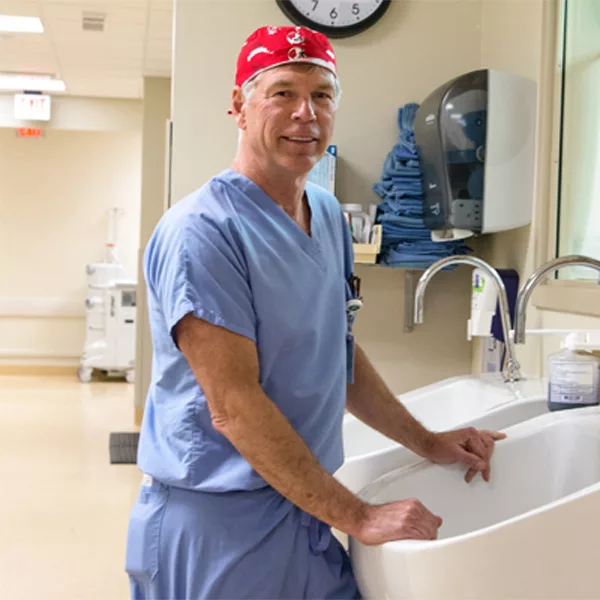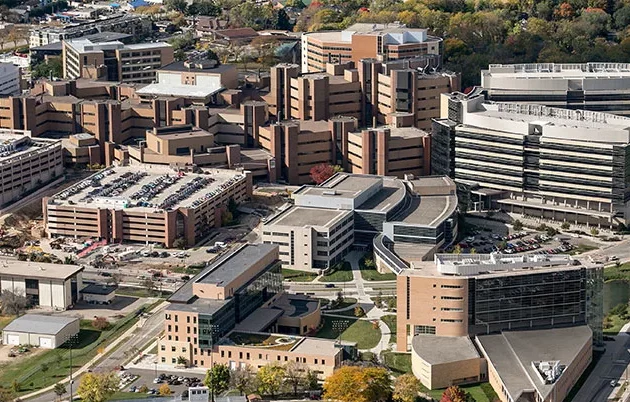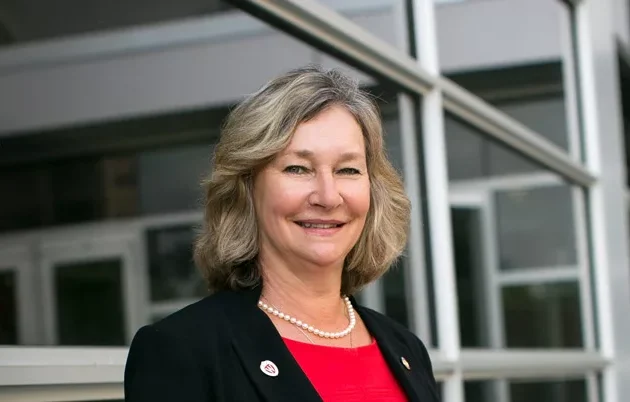“Each patient expects that when a doctor is spending time with him or her, that’s the doctor’s only priority at that moment,” says Drawbert, an orthopedic surgeon and sports medicine specialist who helped found the Altoona, Wisconsin, specialty facility. “It comes from the top. Our CEO, our CFO, our head nurse, they all translate to those who work for them that the most important thing is the experience each patient has here.”
That formula put OakLeaf on the map. Since the hospital opened in 2001, Consumer Reports has named it “Best in the Nation” for patient experience, and in federal surveys, OakLeaf received a “highest overall” patient satisfaction ranking. In 2016, the Centers for Medicare and Medicaid Services listed OakLeaf among 251 hospitals — from more than 3,500 — with a five-star rating.
OakLeaf’s services are competitively priced. Drawbert says total knee and hip replacements there average several thousand dollars less than at competing places.
“You can do very well if you minimize the bottom line and maximize the quality of the patient experience,” Drawbert maintains. “The rest will follow.”
In an industry that seeks healthy patients and healthy profits, charging less for better care may seem counterintuitive. But OakLeaf’s founders never felt that way.
“Our philosophy has been that if we made a great product and charged less than others, we’d be successful,” says Drawbert, who has been a hospital leader and the chair of the OakLeaf Board of Directors since 2006.
The hospital and its philosophy have roots in the 1990s, when large health clinics were entering the area. Under the leadership of general surgeon Steve Immerman, MD, Drawbert and a few colleagues began to look for a way to continue to practice independently. They opened a small ambulatory surgery center in 1997.
“From the start, our mantra was excellent care at a reasonable rate,” recalls Drawbert. “We felt we could do that because we didn’t have the kind of overhead some of the larger groups had.”
Today, the 30-bed facility includes seven surgical suites, two GI suites and a pain management center. Its 54 affiliated surgeons span 15 specialties and offer overnight and outpatient procedures. While OakLeaf merged its operations with National Surgical Healthcare in 2004, its determination to provide patients with affordable, quality care has not wavered.
After all, Drawbert reasons, “Patients are paying big bucks for medicine nowadays. It should be a great experience and it should be a personal experience.”
The Roots of Innovation
Drawbert is no stranger to innovative medicine. As a high school and college athlete who endured sports-related injuries, the fledgling sports medicine specialty intrigued him when he was a medical student at the University of Wisconsin School of Medicine and Public Health.
“In my M4 year, sports medicine was barely heard of,” he remembers. “But UW–Madison had Dr. Bill Clancy, an orthopedic surgeon, and spending time with him piqued my interest.”
William Clancy, Jr., MD, was a pioneer in anterior cruciate ligament (ACL) reconstructive surgery and an avid athlete. He founded the UW Health Sports Medicine Program in 1974, a few years before Drawbert entered the UW School of Medicine and Public Health.
During Drawbert’s orthopedic surgery residency at the University of Kentucky, he was on the team that treated the Kentucky Wildcats. His next move was to Salt Lake City, where he pursued a sports medicine fellowship in knee and shoulder surgery.
Wisconsin Ties
During medical school, Drawbert dated a fellow Madison native, Helen (Sivertson), whose father — the late Sigurd Sivertson, MD ’47 — was an UW School of Medicine and Public Health assistant dean at the time and retired as an emeritus professor of medicine. Soon after Drawbert earned his medical degree, the couple wed — with UW School of Medicine and Public Health classmate Patrick McBride, MD ’80, MPH, serving as a groomsman, as Drawbert did in return when McBride got married. The two couples have remained fast friends.



